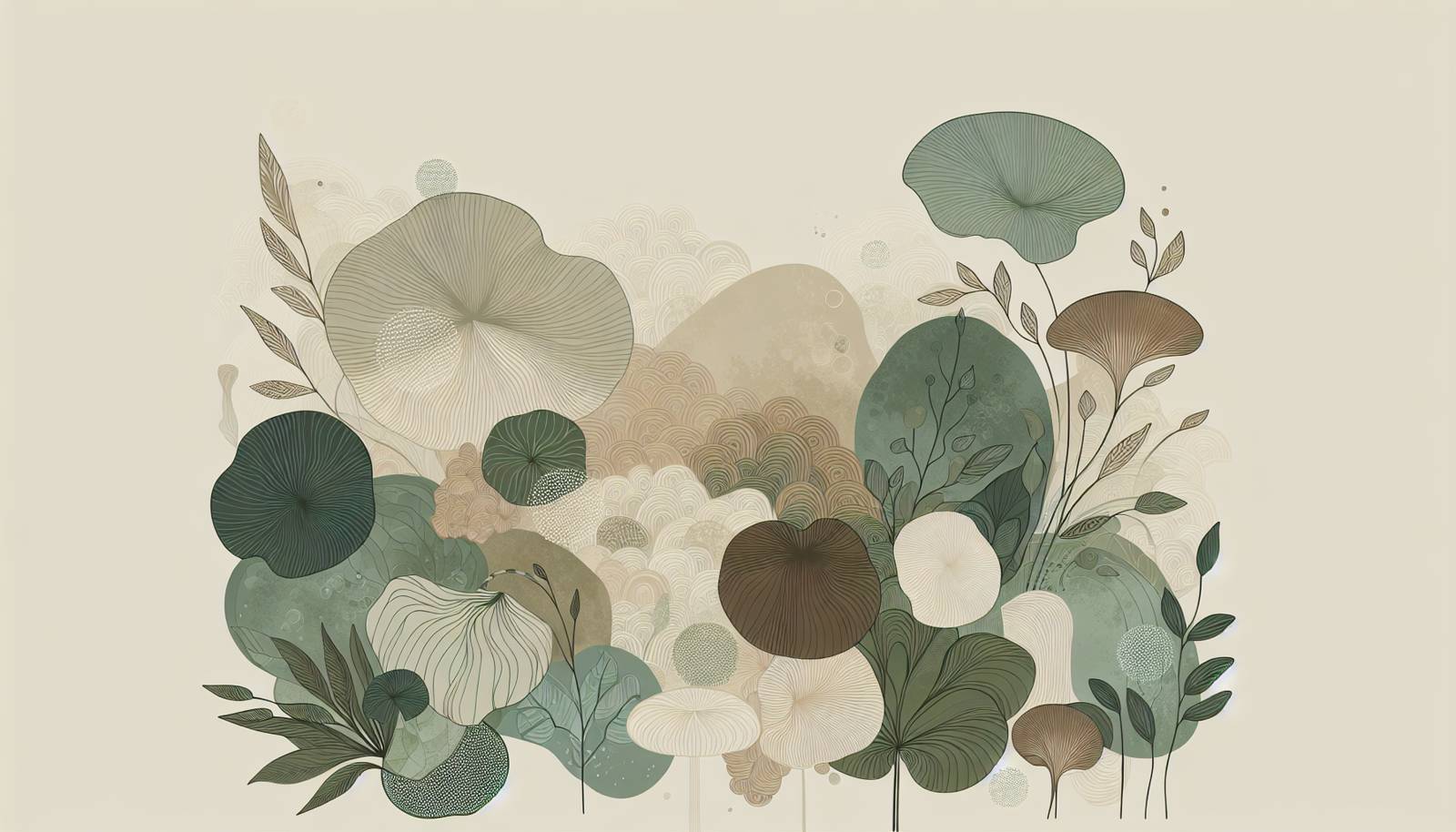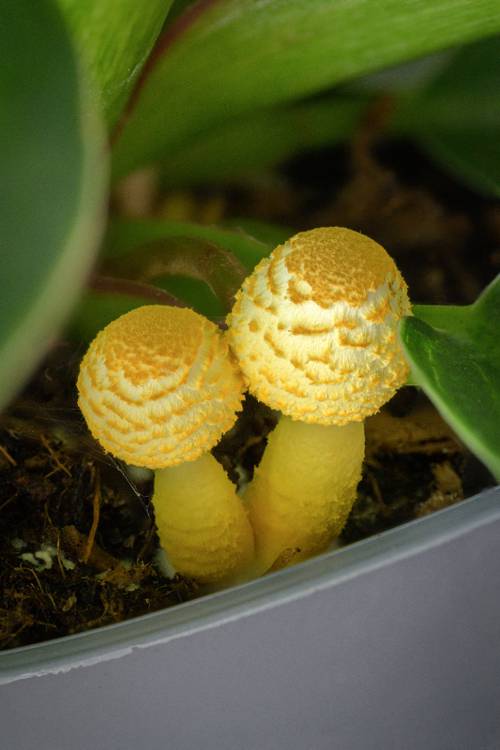
FAQ About Indoor Plant Mushroom Growth Management

Why do mushrooms grow in my indoor potted plants?
Mushrooms often appear in indoor potted plants due to the presence of organic material in the soil that is decomposing, creating a nutrient-rich environment ideal for fungi. Additionally, high humidity and consistent moisture can promote mushroom growth. They are not directly harmful to plants but might indicate overwatering or poor drainage.

Are mushrooms harmful to indoor plants?
Mushrooms themselves are not harmful to indoor plants; they do not take nutrients away from the plant. However, their presence can indicate high moisture levels, which might lead to conditions that are detrimental to the plant, such as root rot.

How can I prevent mushrooms from growing in my indoor plants?
To prevent mushroom growth, ensure proper drainage and avoid overwatering your plants. Use well-aerated soil and consider adding materials like perlite to enhance drainage. Maintaining a balanced humidity level in your indoor environment can also reduce the likelihood of fungal growth.

Can I eat mushrooms that grow in my indoor plants?
It is not advisable to eat mushrooms that grow in your indoor plants, as many could be toxic or harmful to humans. Identifying edible species requires expertise, and consuming unidentified mushrooms can pose serious health risks.

How do I safely remove mushrooms from my potted plants?
To remove mushrooms, wear gloves and pick them from the base to ensure removal of all visible parts. Dispose of them properly in a trash bin. It is also a good idea to adjust watering habits and soil conditions to deter future growth.

Does mushroom growth indicate poor soil quality?
Not necessarily. Mushroom growth typically indicates that there's organic matter present in the soil that is decomposing. This can be a sign of rich soil; however, it might also suggest excessive moisture or humidity levels.

Is a humidifier bad for indoor plants regarding mushroom growth?
While a humidifier can benefit many indoor plants by providing necessary moisture, it can also create an environment conducive to fungal growth, including mushrooms, if not monitored properly. Ensure that humidity levels are appropriate for your specific plants to avoid unwanted issues.

Will removing mushrooms solve the problem permanently?
Removing mushrooms is a short-term solution. To address the underlying issue, you need to adjust watering practices, improve soil drainage, and control humidity levels. Ensuring these conditions can help prevent future fungal growth.

What types of mushrooms commonly grow in indoor plants?
Common mushrooms that grow in indoor plants include species like Leucocoprinus birnbaumii, often known as the yellow houseplant mushroom. They are usually harmless to both humans and plants.

Can I use fungicide to stop mushrooms from growing?
Fungicides are generally not recommended solely for mushroom growth in potted plants because they are often ineffective against mature mushrooms and might harm beneficial soil organisms. It's better to focus on cultural changes like adjusting watering and improving drainage.

Why do mushrooms grow even in fresh potting soil?
Mushrooms can grow in fresh potting soil if it contains organic material that fungi can feed on. Additionally, spores can be introduced into the soil from various sources such as wind, water, or infected gardening tools.

Does lighting affect mushroom growth in indoor plants?
Mushrooms do not rely on sunlight like plants do, though they do not grow well in direct sunlight. Indirect light and shaded areas can sometimes enhance their growth conditions. Thus, lighting primarily affects plants rather than influencing mushroom growth significantly.

Should I be concerned if I see mushrooms in my children's or pets' play area around plants?
Yes, safety is important as some mushrooms can be toxic if ingested by children or pets. It's wise to remove mushrooms promptly and keep the area clean to prevent any accidental ingestion.

How do I improve soil drainage to prevent mushrooms?
To improve soil drainage, you can increase the proportion of inorganic materials like sand, perlite, or gravel in your potting mix. Ensuring that pots have adequate drainage holes and avoiding waterlogging will also help manage moisture levels.

Are there natural remedies to discourage mushroom growth?
Naturally discouraging mushroom growth involves managing soil conditions and environmental factors. Adjusting watering schedules, enhancing air circulation, and using sterile potting mixes free from spores can help reduce the incidence of mushrooms.

Could repotting plants help in managing mushroom growth?
Repotting can help manage mushroom growth if you replace the potting mix with fresh, sterile soil and ensure good drainage. This can remove any spores present in the current soil, though ongoing management of conditions such as humidity and watering are still necessary.

Do indoor plant mushrooms affect air quality in the home?
Typically, mushrooms growing in small quantities in indoor plants do not significantly affect home air quality. However, a large fungal infestation could lead to increased spores in the air, which might be problematic for people with allergies.

What is the lifecycle of mushrooms in indoor plants?
Mushrooms generally start as spores, which under the right conditions, germinate and form mycelium. This eventually leads to the growth of the visible mushroom cap. The process depends on suitable humidity, temperature, and nutrient availability within the soil.

Can changing the location of my plant reduce mushroom growth?
Changing the location can help reduce mushroom growth if it improves environmental conditions like lighting and humidity. For example, moving plants to a spot with better airflow and less humidity might help in managing fungal growth.

How often should I monitor my indoor plants for signs of mushroom growth?
Regular monitoring of indoor plants is advisable, particularly when managing moisture or during periods of high humidity. Checking plants every week can help identify and address mushrooms or any other issues early on.
